These standard tickets grant you access to the museum's permanent collection and temporary exhibitions, allowing you to explore the remarkable artworks of Antoni Tàpies at your own pace.
Headout is an authorized and trusted partner of the venue, offering curated experiences to enjoy this attraction. This is not the venue's website.
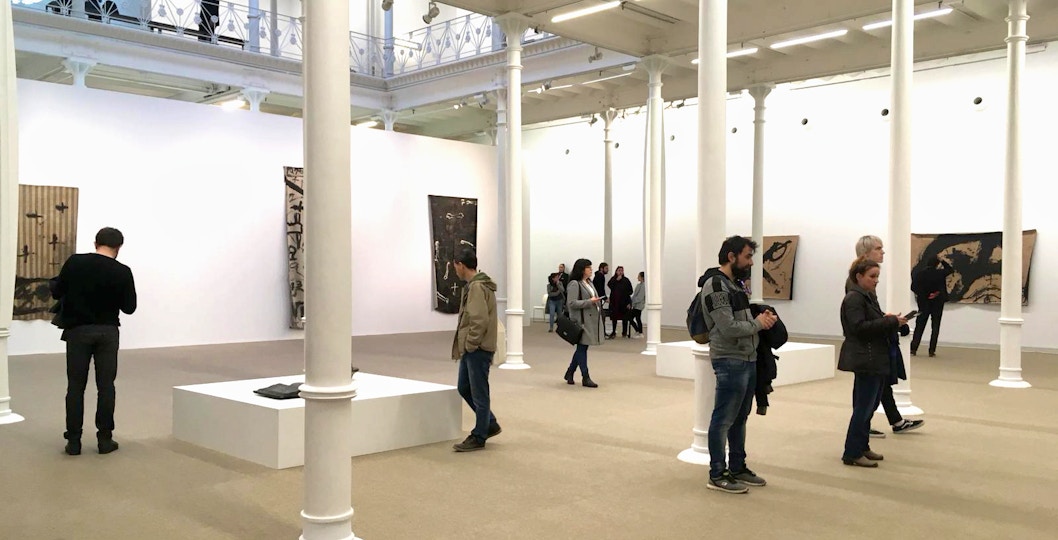
You can cancel these tickets up to 24 hours before the experience begins and get a full refund.
Inclusions
Admission to Museu Tàpies
Entry to permanent/temporary exhibition
Ticket for terrace and sculpture of Tàpies Mitjó
Exclusions
Barcelona is renowned for its iconic landmarks, such as the mesmerizing Sagrada Família and the bustling La Rambla. Amidst this artistic backdrop lies the Fundació Antoni Tàpies, a museum that pays tribute to the life and works of Antoni Tàpies, a celebrated Catalan artist. The museum showcases an impressive collection of Tàpies' creations and serves as a hub for contemporary art exhibitions. Read on for an immersive experience during your visit.
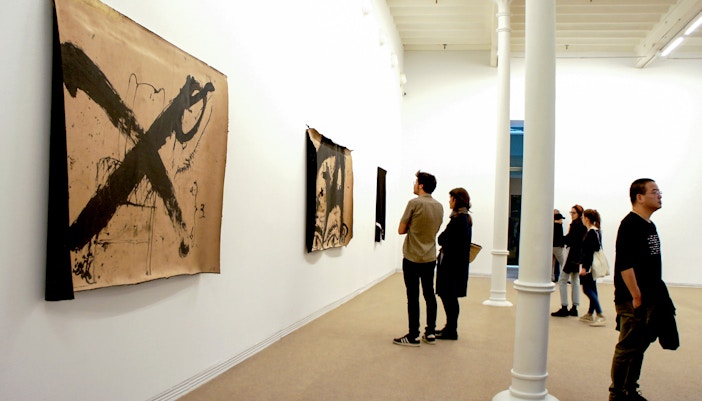
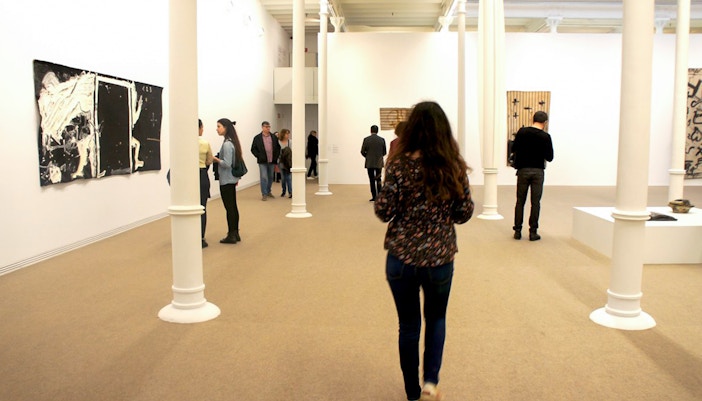
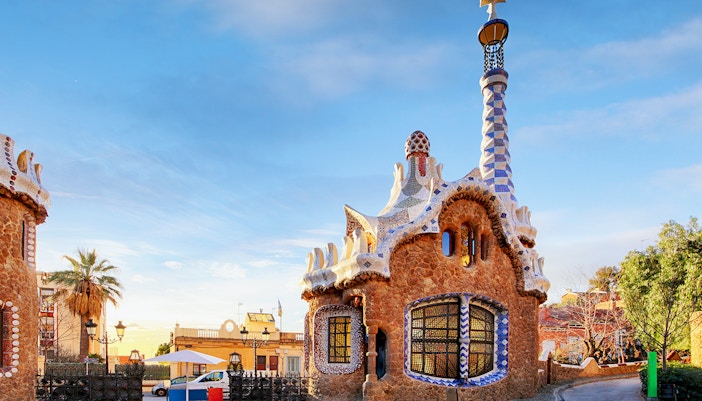
The most convenient and efficient way to secure your tickets for the Fundació Antoni Tàpies is to book them online. With just a few clicks, you can easily purchase your tickets from the comfort of your home or while on the go, ensuring a hassle-free experience and saving valuable time.
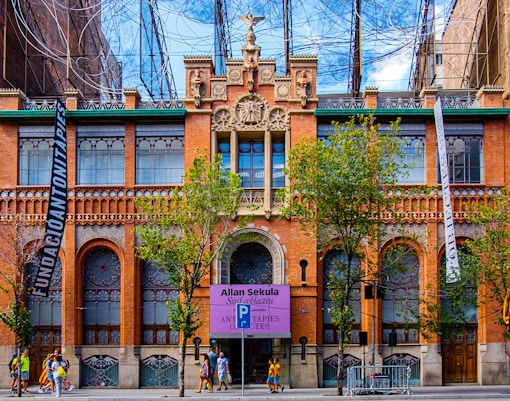
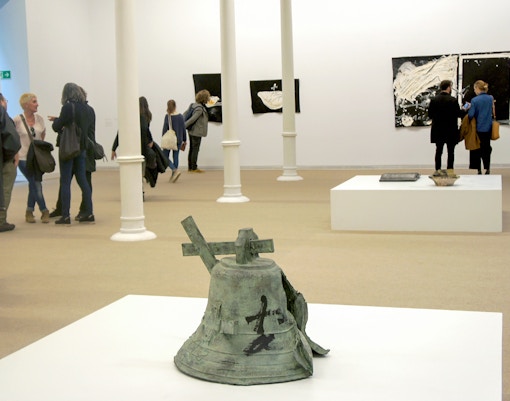
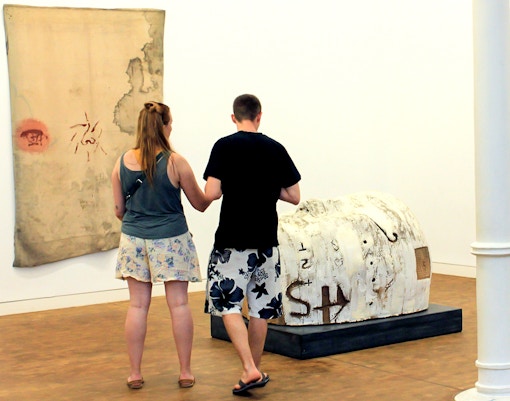
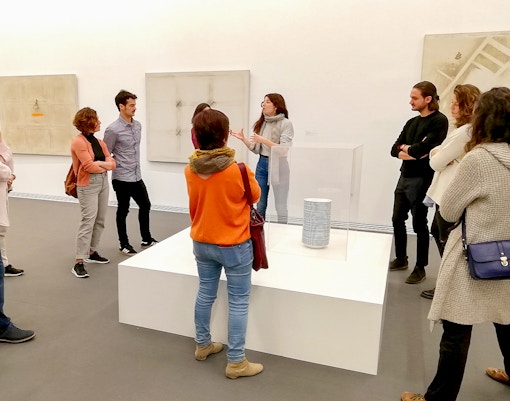
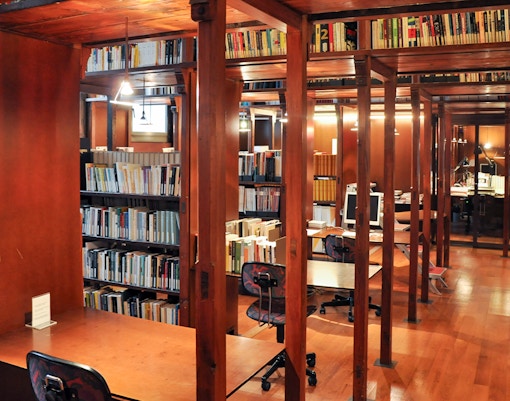
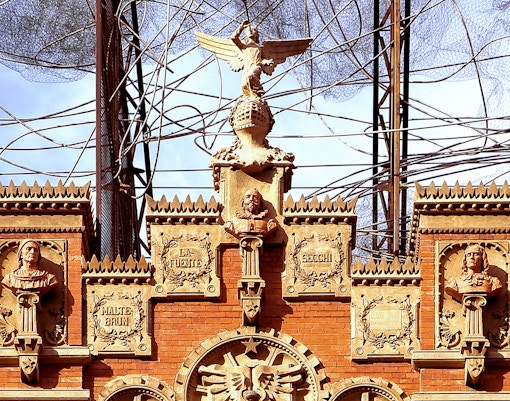
.jpg?auto=format&w=510.8727272727273&h=401.4&q=90&ar=14%3A11&crop=faces&fit=crop)
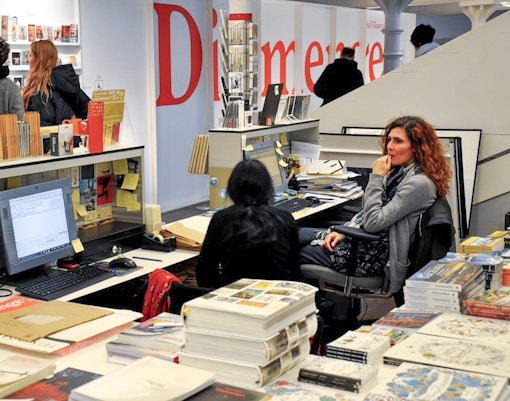
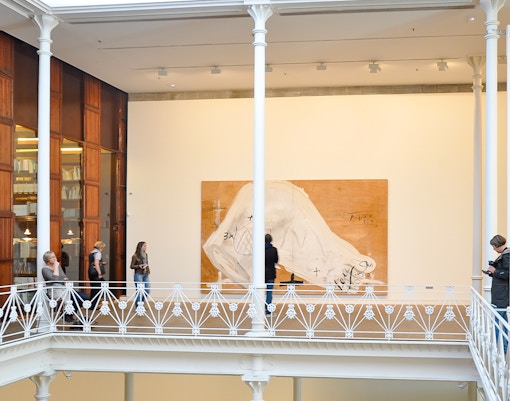
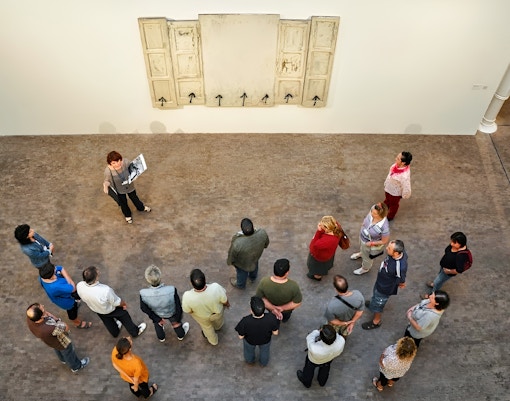
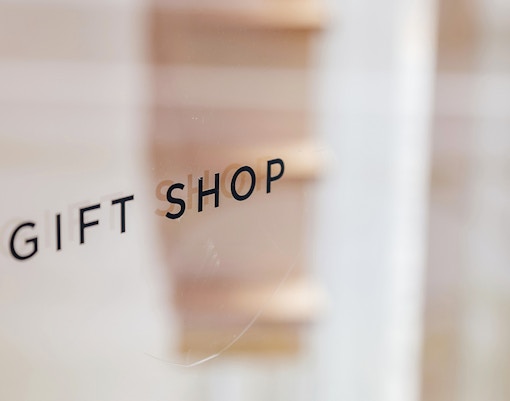
Antoni Tàpies, a luminary of Catalan art, graced the world with his visionary creations. Through his masterful use of geometric elements and captivating colors, he breathed life into canvases, transcending boundaries. His art, exhibited in esteemed museums globally, continues to inspire and ignite the imagination, forever leaving an indelible mark on the artistic landscape. His works have been exhibited at many top museums in the world including the Museum of Modern Art, the Museum of Contemporary Art, the Musée d’Art moderne de la Ville de Paris, and more.
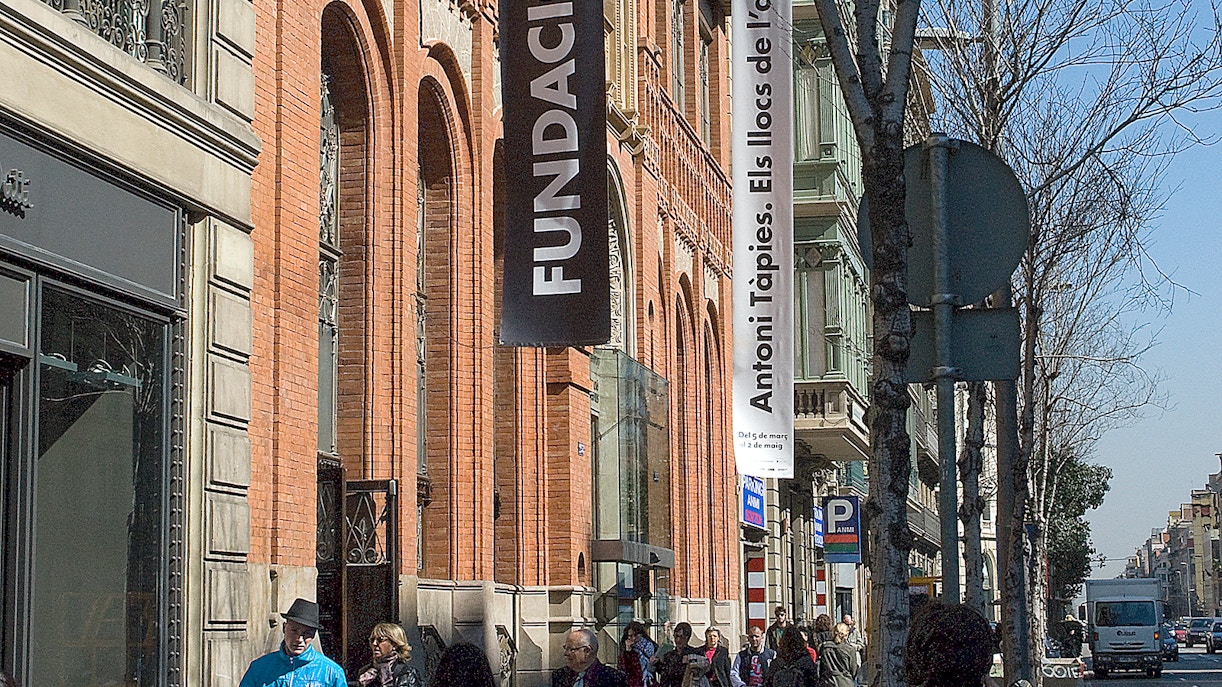

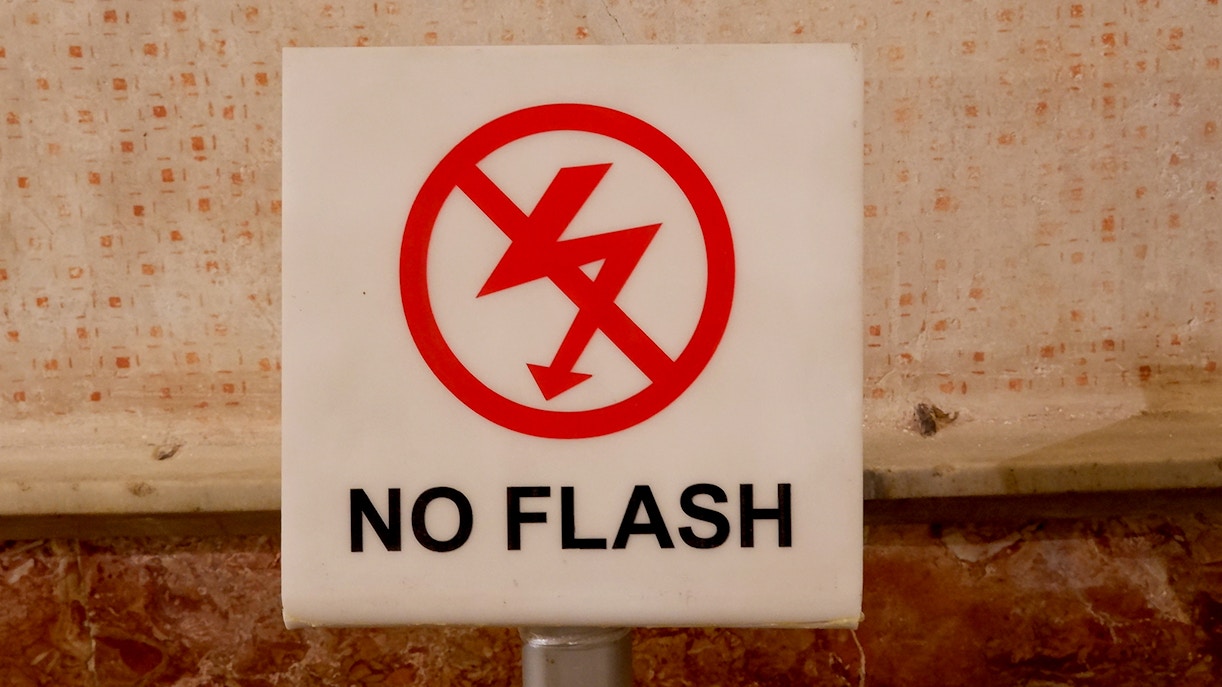
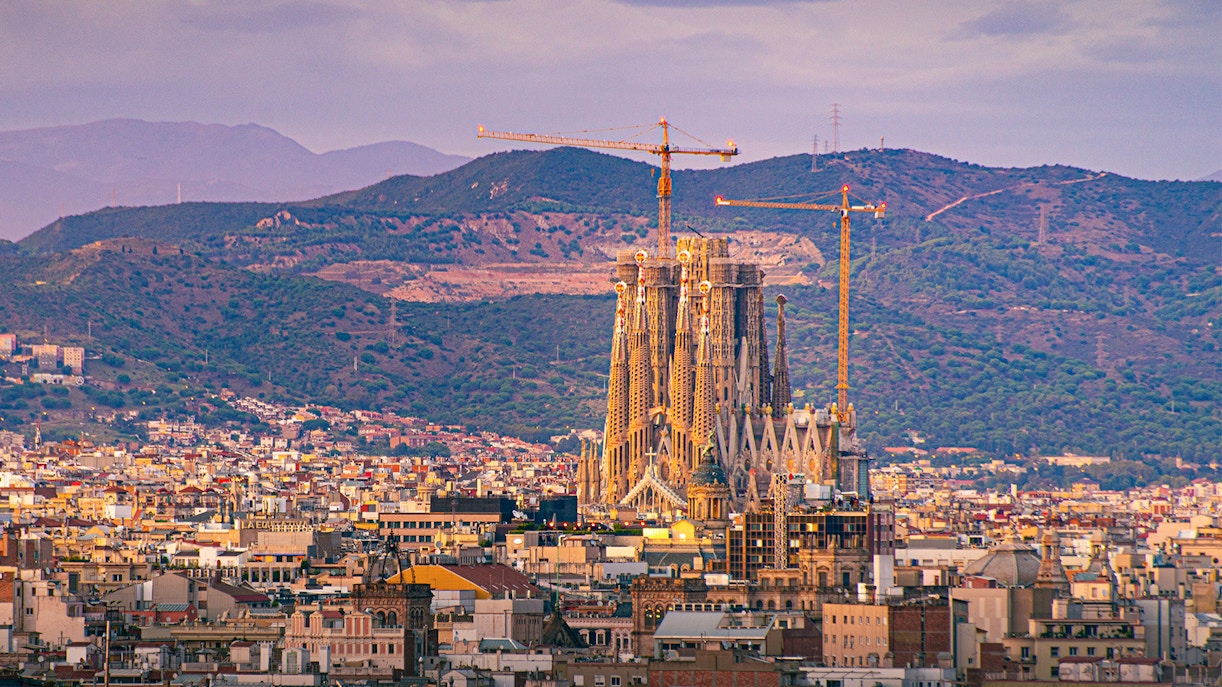
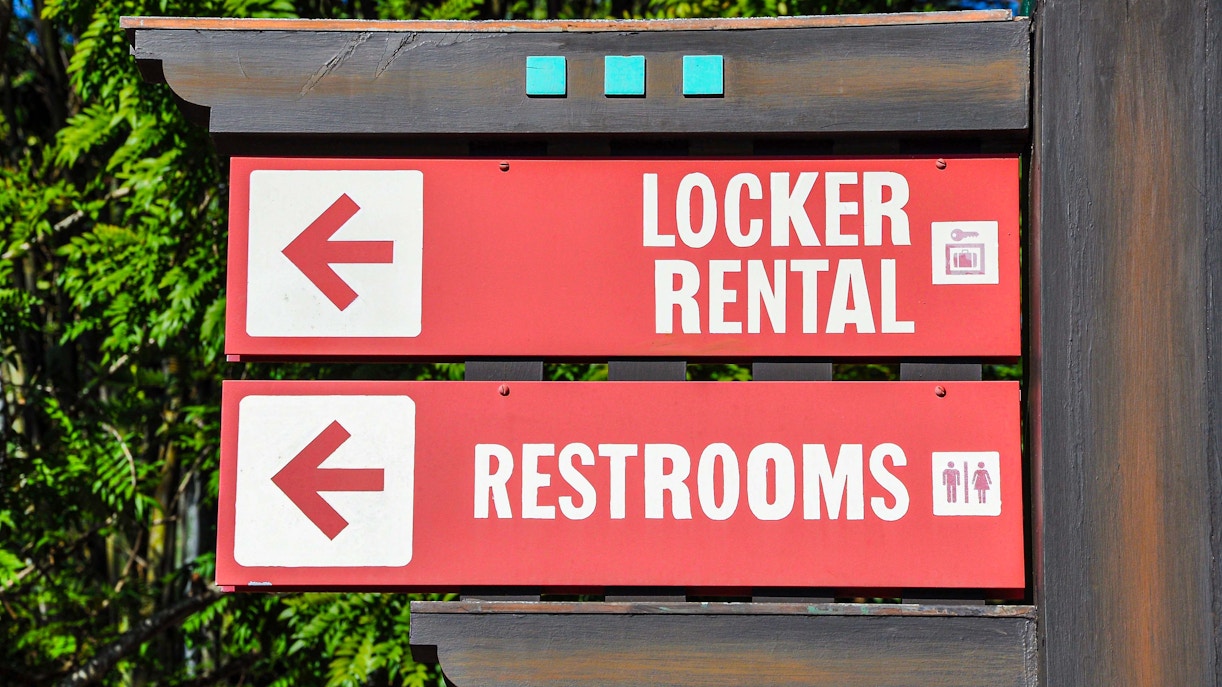
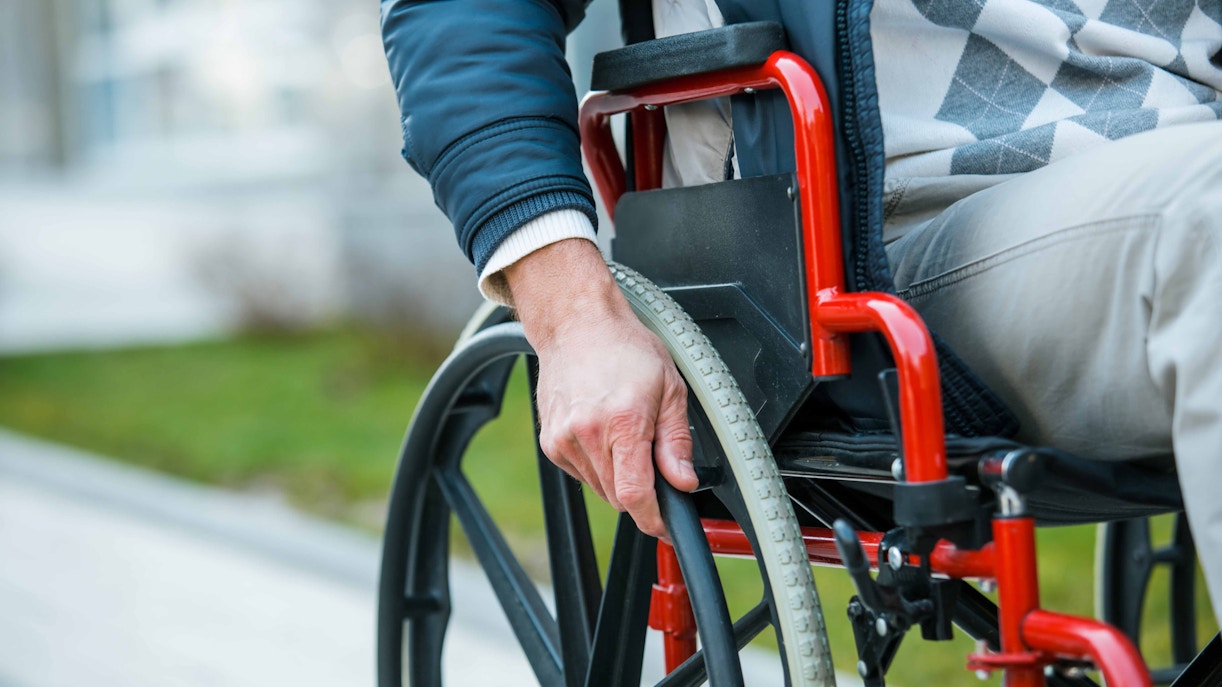

It is recommended to spend at least 1-2 hours at Fundació Antoni Tàpies to fully explore the museum and appreciate the artworks.
Yes, visiting Fundació Antoni Tàpies is definitely worth it. The museum offers a unique opportunity to explore the artistic legacy of Antoni Tàpies and his significant contributions to contemporary art.
Fundació Antoni Tàpies offers various ticket options, including standard admission tickets, skip-the-line tickets, and combo tickets for visiting multiple attractions in Barcelona.
Yes, you can purchase Fundació Antoni Tàpies tickets on-site. However, it is recommended to buy them in advance online to avoid any potential queues and ensure entry.
Yes, there are often discounts available for Fundació Antoni Tàpies tickets, such as student discounts, senior discounts, or discounted rates for children. Check the official website or vendors for more information.
Yes, photography is generally allowed inside Fundació Antoni Tàpies. However, remember to respect the guidelines and avoid using flash or tripods to protect the artworks and the museum's environment.
Yes, Fundació Antoni Tàpies provides audio guides that offer insightful commentary about the artworks and the life of Antoni Tàpies. Renting an audio guide can enhance your museum experience.
Yes, guided tours are available at Fundació Antoni Tàpies. Joining a guided tour can provide you with a more in-depth understanding of the artworks and the artistic vision of Antoni Tàpies.
Yes, Fundació Antoni Tàpies welcomes visitors of all ages, including children. There are often engaging exhibits and activities designed specifically for younger visitors to enjoy.
Yes, Fundació Antoni Tàpies is wheelchair accessible with ramps and elevators. Wheelchairs are available for loan at the museum, ensuring that visitors with disabilities can fully enjoy the experience.












